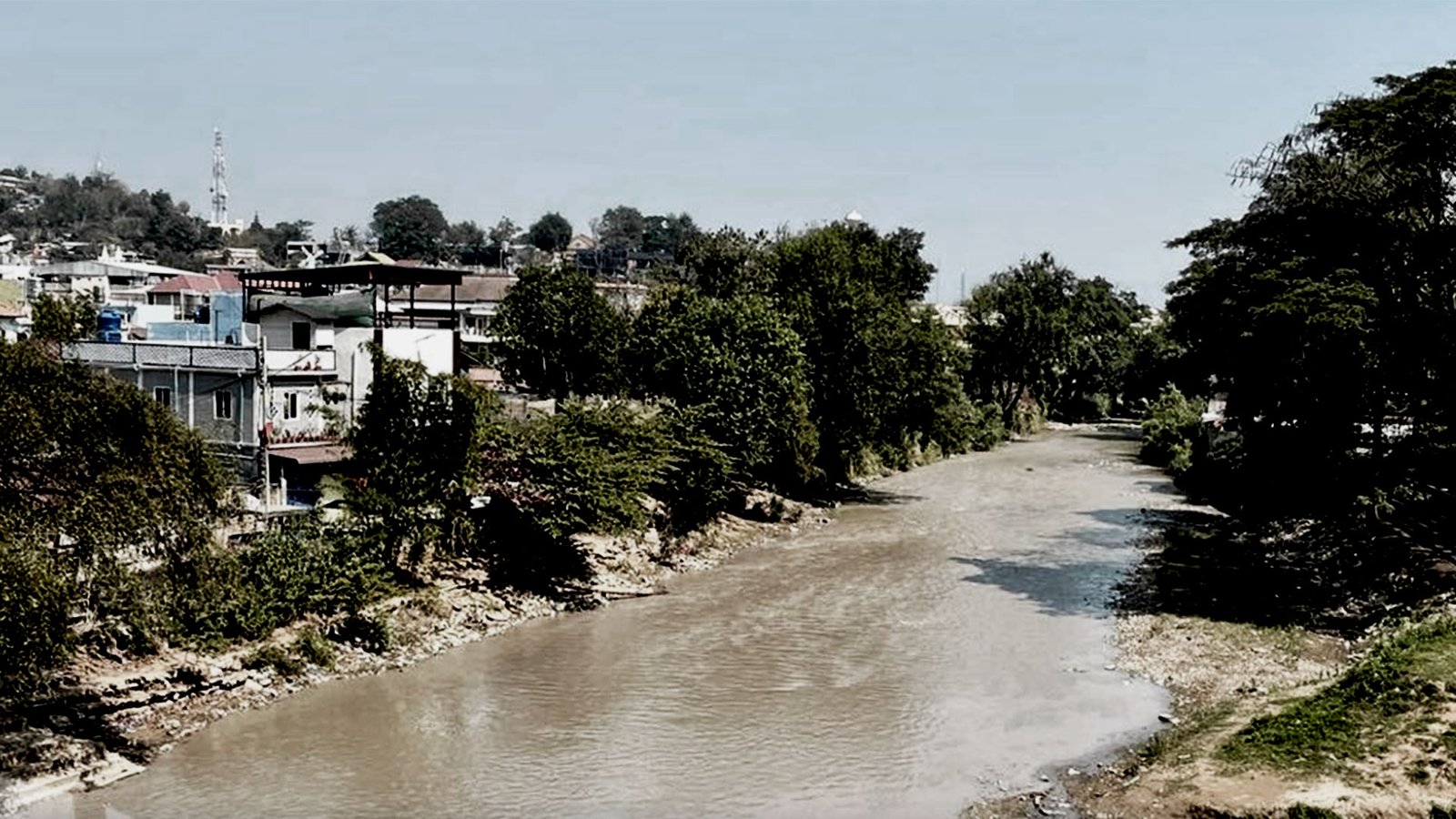Maesai River Pollution Likely Caused by Expanded Gold Mining in Eastern Mong Hsat

March 2024
Since mid-January 2024, residents of Maesai on the northern Thai border have been alarmed by unusual whitish turbidity of the Sai River, which supplies their municipal water system. Mapping suggests this is caused by recent gold mining expansion in eastern Mong Hsat, 30 kilometers upstream of Maesai, and water quality should therefore be closely monitored for toxicity.

Over 16,000 Wa villagers from NE Shan State were forcibly relocated to Talang village tract by the United Wa State Army (UWSA) in 1999-2001, out of 126,000 resettled to Mong Ton, Mong Hsat and Tachileik townships. The original 1,200 inhabitants, mostly Shan rice farmers, were forced out; many fled to Loi Kaw Wan IDP camp on the Thai border. Forests were clear-felled and replaced with mono-crop rubber plantations.
Mae Jok: In 2021, a local pro-regime militia allowed Chinese mining crews to start mechanised gold mining on hilltops west of Mae Jok village. Run-off from the mines and leaching ponds flows unfiltered into a stream that joins the Sai River.
Mong Karn and Na Yao: In late 2022, the UWSA allowed Chinese mining crews, employing thousands of workers, to start mechanised gold mining along the Sai River in Mong Karn. Hills were gutted, and large stretches of land turned into vast leaching ponds, draining directly into the river. In late 2023, gold mining spread upstream along the Sai River in nearby Na Yao. In early December, convoys of six-wheel trucks were seen transporting over 1,000 new Chinese workers from Tachileik to the gold mining area at night.

